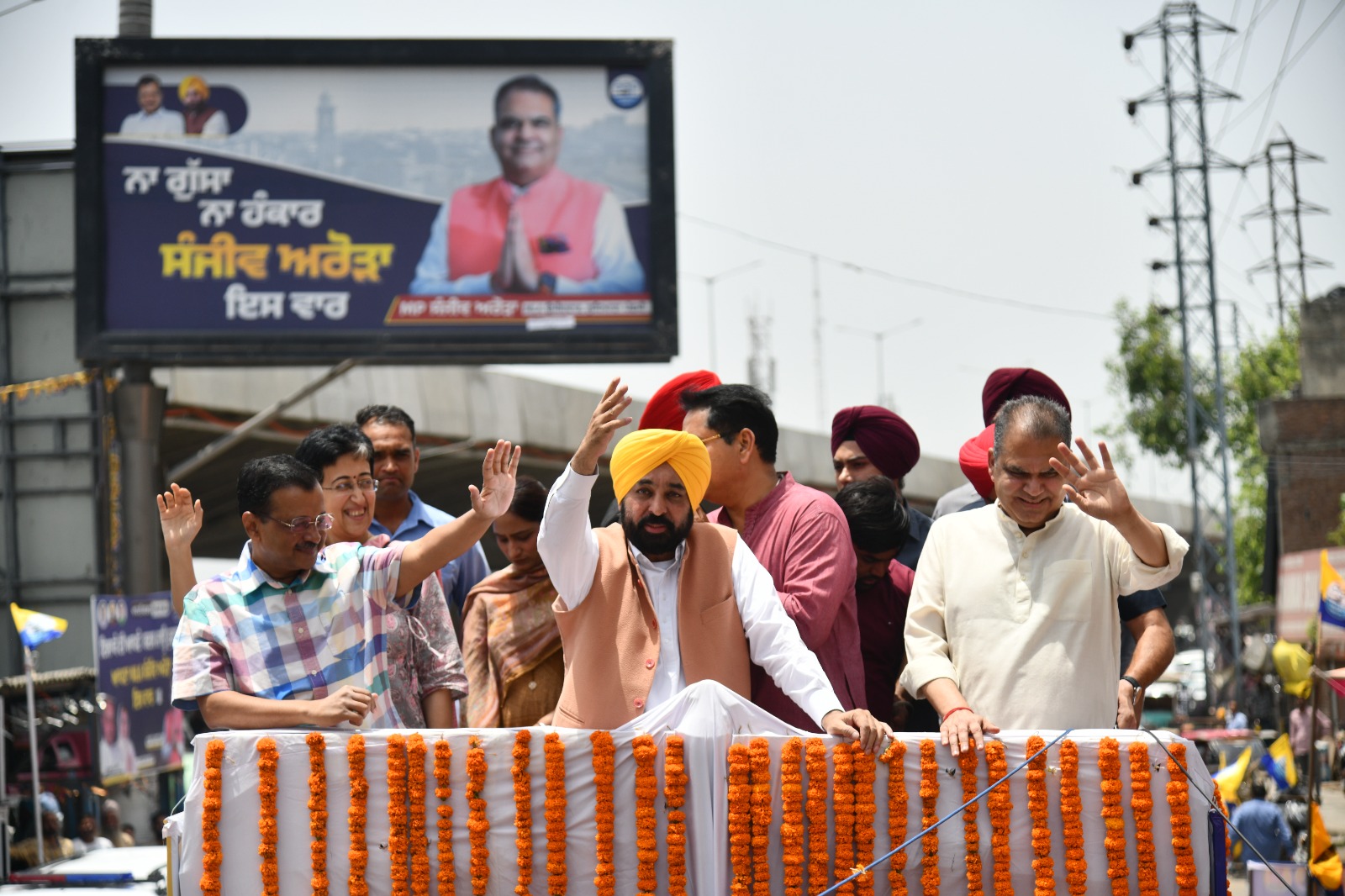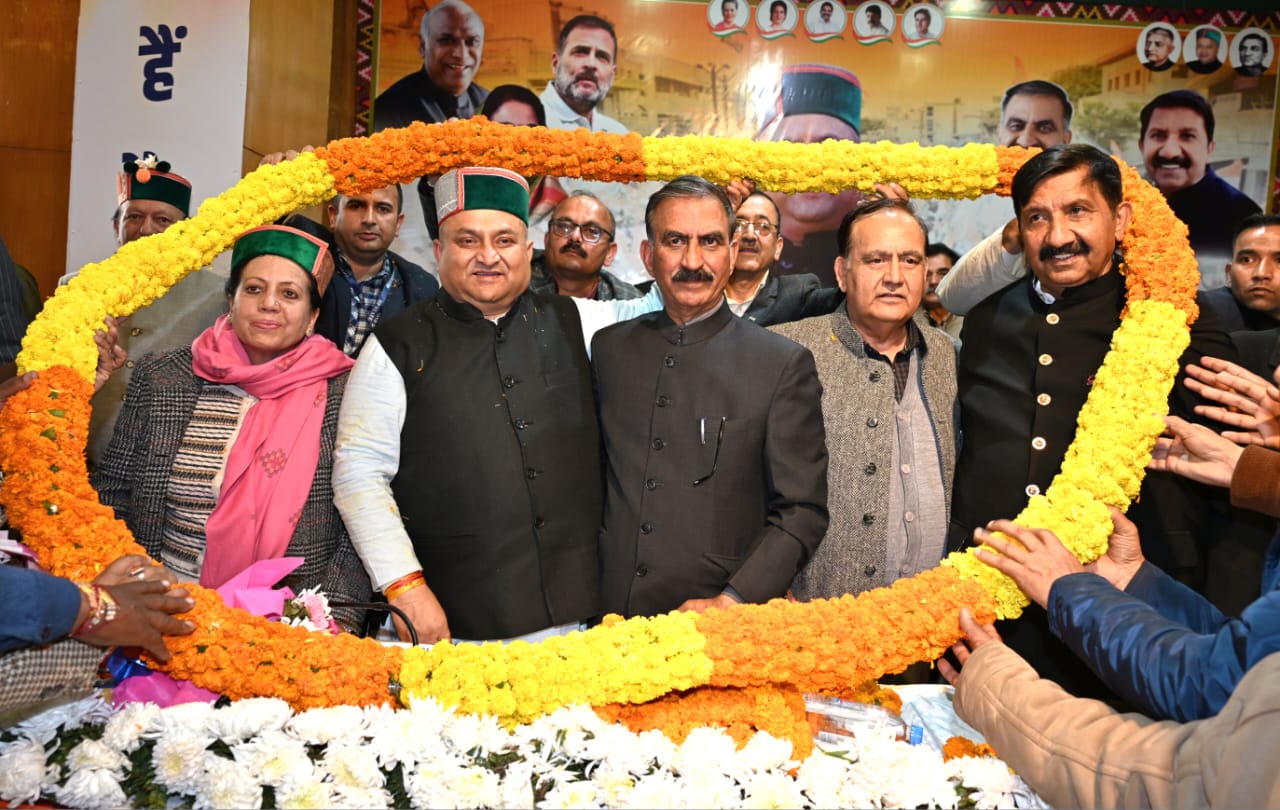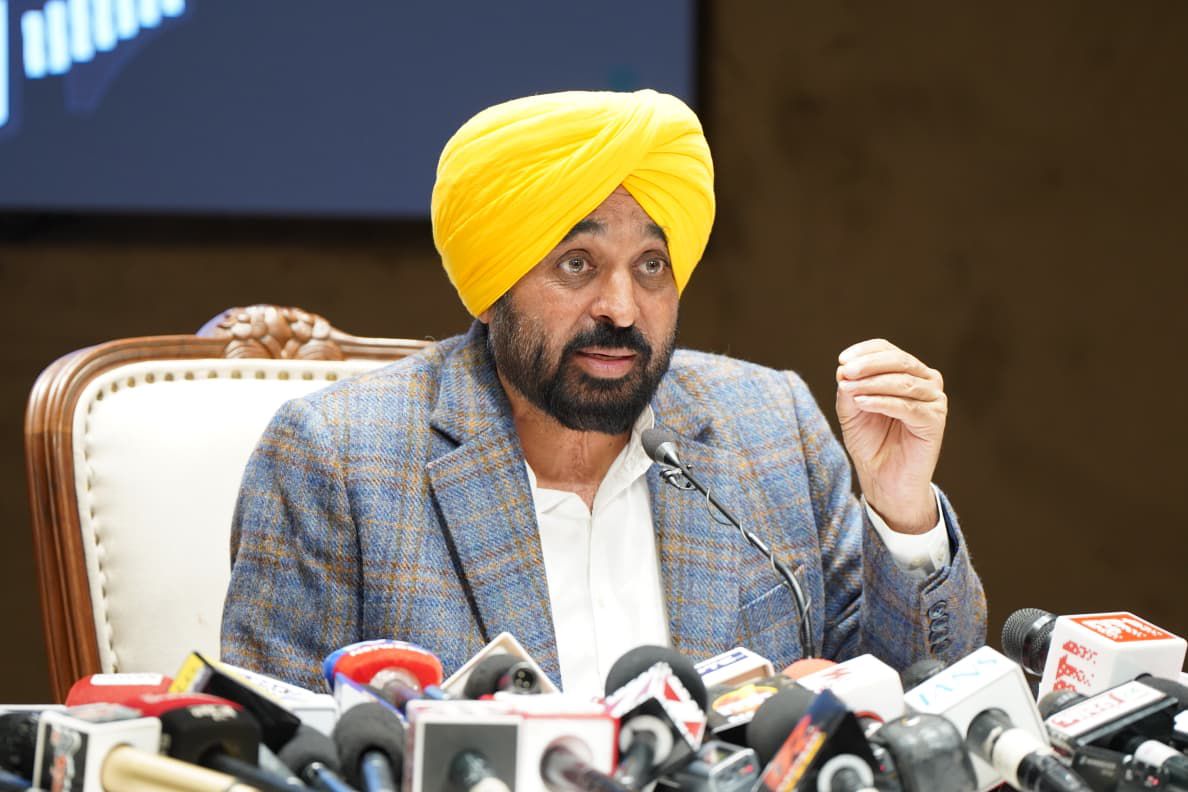The North News
Ludhiana, June 23
The Aam Aadmi Party’s (AAP) victory in the Ludhiana West by-election may look routine on paper. Its candidate, Sanjeev Arora, beat Congress’s Bharat Bhushan Ashu by a margin of 10,637 votes. But this result speaks volumes beyond the arithmetic.
In what was framed as a mid-term litmus test ahead of the 2027 Punjab elections, AAP didn’t just hold on to a seat—it reinforced a narrative: that no opposition force, not even the once-dominant Congress or the BJP with its powerful central machinery, is yet capable of dislodging a party that understands how to convert welfare delivery into political longevity.
At first glance, Ludhiana West looked ripe for the picking. Voter turnout dropped to just 51.33%, far below the 64% seen in 2022. Opposition parties hoped this apathy would work in their favour. Instead, the very voters presumed to be disengaged quietly returned a decisive verdict in AAP’s favour. It was less a wave and more a confirmation: the party’s model is still working.
AAP didn’t sleepwalk into this election. It named Arora as its candidate early, allowing him to embed himself in the community well before the campaign cycle officially began. His familiarity on the ground was no accident—he spent months addressing local concerns, from welfare to sanitation, making himself a de facto MLA before any vote was cast.
The campaign, meanwhile, was anything but passive. Chief Minister Bhagwant Mann and AAP national convener Arvind Kejriwal made multiple appearances, promising not only development but a cabinet position for Arora. Whether or not that promise is fulfilled is a separate question—but symbolically, it worked. Voters felt heard.
Add to this the quiet strength of AAP’s welfare pipeline—free electricity, subsidised food, and doorstep services—and it becomes clearer why the party remains anchored in Punjab’s urban working-class neighbourhoods. These are not one-time offerings; they are recurring reminders of government presence in everyday life.
In contrast, the Congress campaign barely registered. Party president Amarinder Singh Raja Warring made a token appearance at the time of nomination, but thereafter, the campaign faltered—marred by disunity, silence from senior leaders, and a lack of ground-level mobilisation.
Bharat Bhushan Ashu, once a heavyweight minister, was left with the burden of battling both the ruling party and his own party’s inertia. The internal fractures—often whispered but rarely addressed—became glaringly obvious. In a contest that demanded energy, Congress delivered lethargy.
The Bharatiya Janata Party had a different problem. It delayed naming its candidate, Jiwan Gupta, until the last minute. That robbed him of valuable campaign time, and the decision to sideline Vikram Sidhu, who came second in 2022, created a vacuum of local trust.
The BJP’s messaging leaned heavily on national themes and Prime Minister Narendra Modi’s leadership. But Ludhiana voters weren’t asking about the Ram temple or geopolitics—they were worried about traffic, water, employment and local governance. The disconnect was fatal.
AAP’s victory in Ludhiana West isn’t just about margins. It is about method. The party continues to treat every electoral contest as a proving ground—not of ideology, but of execution. It marries populism with efficiency and doesn’t shy away from micromanaging the optics.
That model has its risks—especially if populist policies strain state finances. But for now, it’s working. And unless opposition parties reinvent their field operations, re-engage with their base, and shed their complacency, AAP’s hold over Punjab’s urban constituencies may continue unchallenged.
















